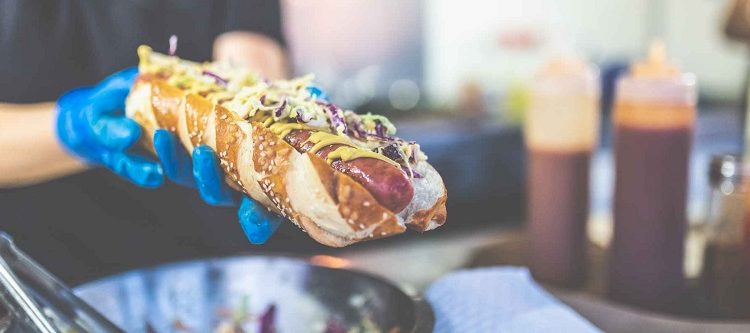If you’re about to open a new restaurant, it’s important to spend some time considering what analytics will help your business grow. In this post, I’ll walk you through some of the best analytics for fast food restaurants. Restaurant analytics is all about using data to make better, more informed decisions that will improve your business. Restaurant analytics can be used for many different purposes and the answer is not always clear-cut. When it comes to keeping up with customer behavior and market trends, business owners can’t afford to be without these key metrics.
1) Revenue per Customer Visit
One of the most important stats for a fast food business is revenue per customer visit (RPV). This metric shows how much each customer spends at the restaurant. It’s calculated by dividing monthly revenue by number of customer visits. For example, if a café makes $10,000 per month and has 2,000 visitors the calculation would be:
$10,000 / 2000 = $5 RPV
Some businesses will lose significant amounts of money on the occasional customer. If you’re in this situation, then RPV is particularly important because it can help you to identify whether your average customer is worth keeping.
2) Customer Lifetime Value (CLTV)
To begin with, try not to get too wrapped up in the “customer lifetime value” metric itself. CLTV is simply a number that describes how much income you can expect to receive for the average customer. It does not specifically account for all of your expenses and other costs, but it does give you an idea of how much money customers are bringing into the establishment through their visits.
Its purpose is mainly comparative; CLTV works by putting each customer’s value on a spectrum with other customers. In a nutshell, it can help you to determine whether the average customer is worth keeping or if they’re taking out more from your business than they’re putting in.
CLTV = Monthly Recurring Revenue/ Customer Acquisition Cost
There are lots of different ways that restaurant owners calculate CLTV. If you’re struggling to figure it out on your own, ask a qualified accountant. You can also use websites like Worthmore or Creditvine which offer immediate CLTV calculations for free.
3) Churn Rate and Customer Retention
The final metrics we’ll discuss are churn rate and customer retention. If you’re not familiar with the term “churn rate” it essentially means the number of customers you’ve lost from one month to the next. For example, if a café has 2,000 visitors this month and 1,800 visitors next month then its churn rate is 20%.
20% churn = 200 lost customers
In order to stay afloat as a business, it’s essential that you keep churn rates low. You can do this by keeping your customers satisfied and preventing them from leaving in the first place. Customer retention is a great way to measure how successful you’re being at this.
Customer retention = (Number of 1st Time Customers This Month – Number of Repeat Customers This Month) / Number of 1st Time Customers.
Restaurant analytics can seem overwhelming, but this is by no means an exhaustive list. The most important thing to focus on is your data. what are you seeing? How are customers behaving? Is anything surprise you? If you’re struggling to get started, ask your accountant or business advisor for help.






































